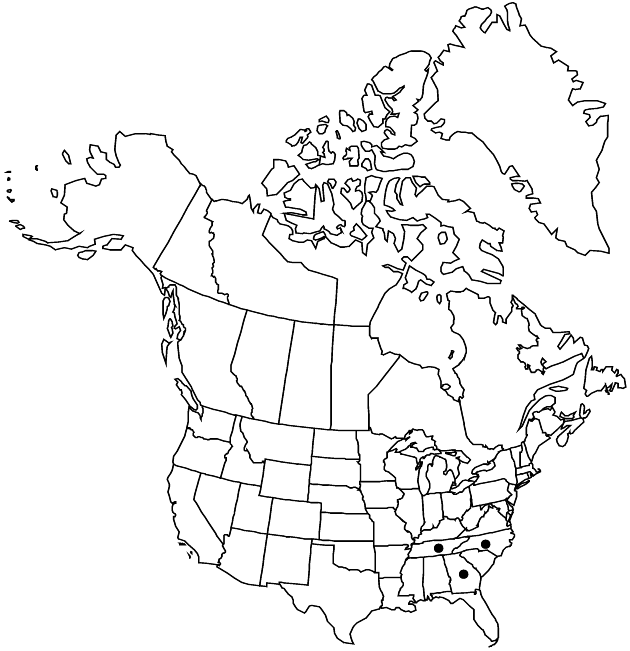familyAsteraceae
genusSolidago
sectionSolidago sect. Solidago
subsectionSolidago subsect. Venosae
speciesSolidago rugosa
subpeciesRugosa
Difference between revisions of "Solidago rugosa var. cronquistiana"
Sida 20: 1612, figs. 12–18. 2003.
FNA>Volume Importer |
FNA>Volume Importer |
||
| Line 47: | Line 47: | ||
|publication year=2003 | |publication year=2003 | ||
|special status= | |special status= | ||
| − | |source xml=https://jpend@bitbucket.org/aafc-mbb/fna-data-curation.git/src/ | + | |source xml=https://jpend@bitbucket.org/aafc-mbb/fna-data-curation.git/src/8f726806613d60c220dc4493de13607dd3150896/coarse_grained_fna_xml/V19-20-21/V20_316.xml |
|tribe=Asteraceae tribe Astereae | |tribe=Asteraceae tribe Astereae | ||
|genus=Solidago | |genus=Solidago | ||
Revision as of 15:22, 18 September 2019
Herbage sparsely hairy. Distal cauline leaf blades ovate, much reduced distally. Heads in narrow (wand-shaped) arrays, proximal branches not greatly exceeding subtending leaves. Ray florets 5–9. 2n = 36.
Phenology: Flowering Sep–Oct.
Habitat: Sandy, gravelly soils, woods, roadsides at higher elevations
Elevation: 800–1800+ m
Distribution

Ga., N.C., Tenn.
Discussion
Variety cronquistiana is known only at the tetraploid level and occurs at mid to high elevations in the southern Appalachian Mountains. The elongate, narrow, leafy arrays can be wand-shaped with the branches much shorter than the subtending leaves.
Selected References
None.
Lower Taxa
None.